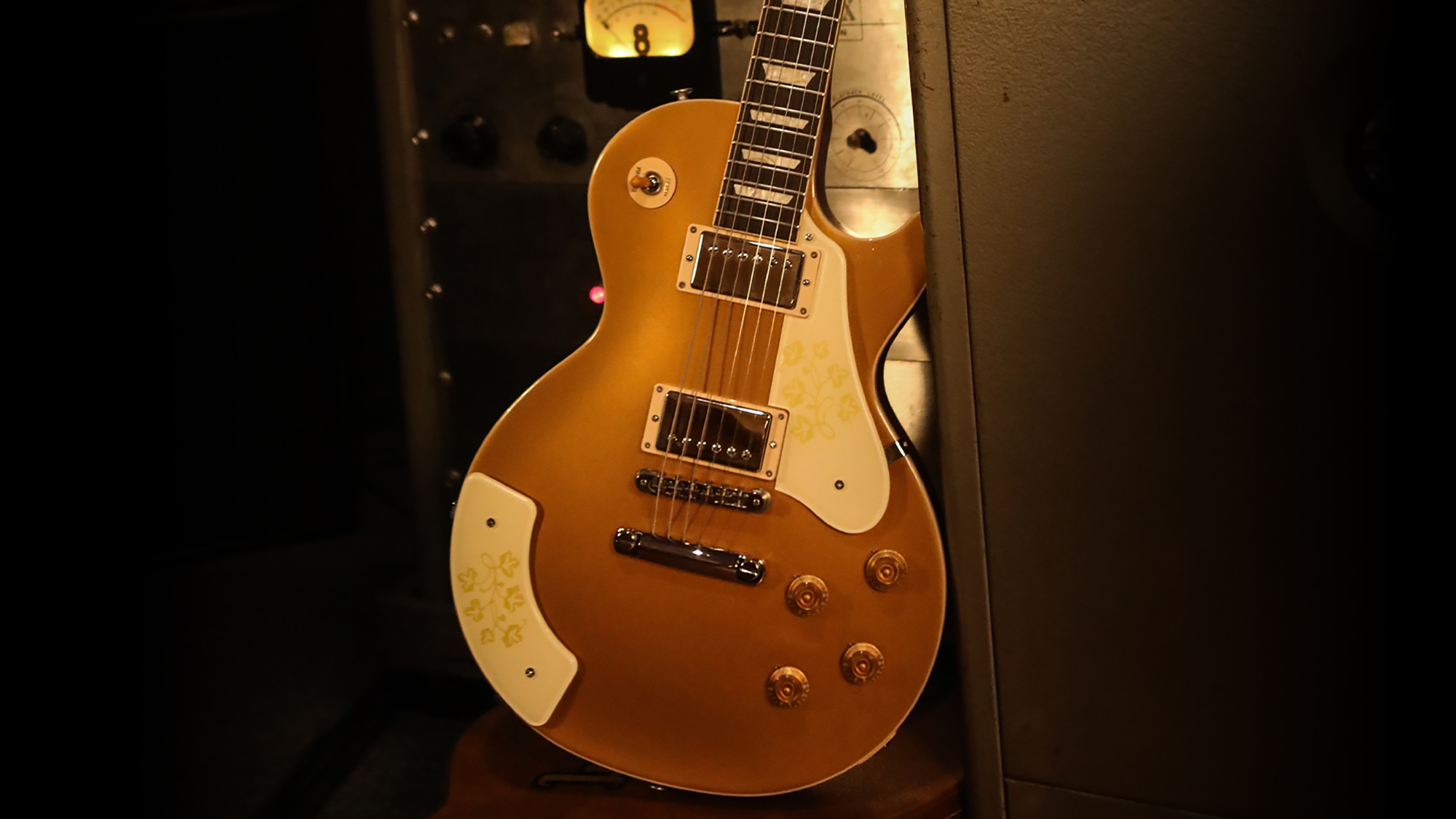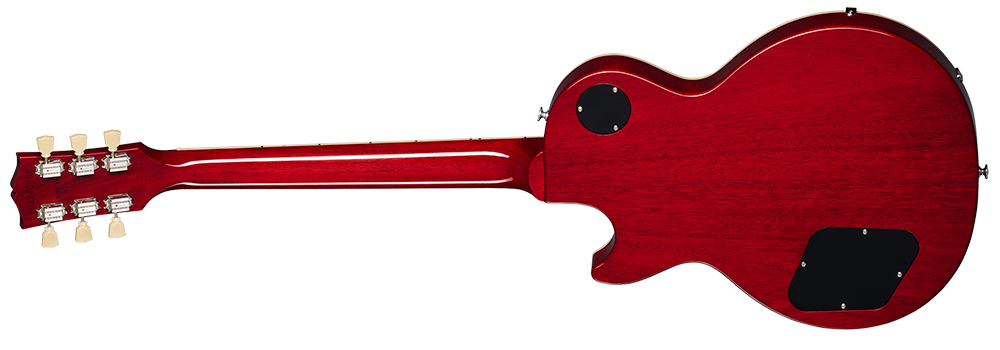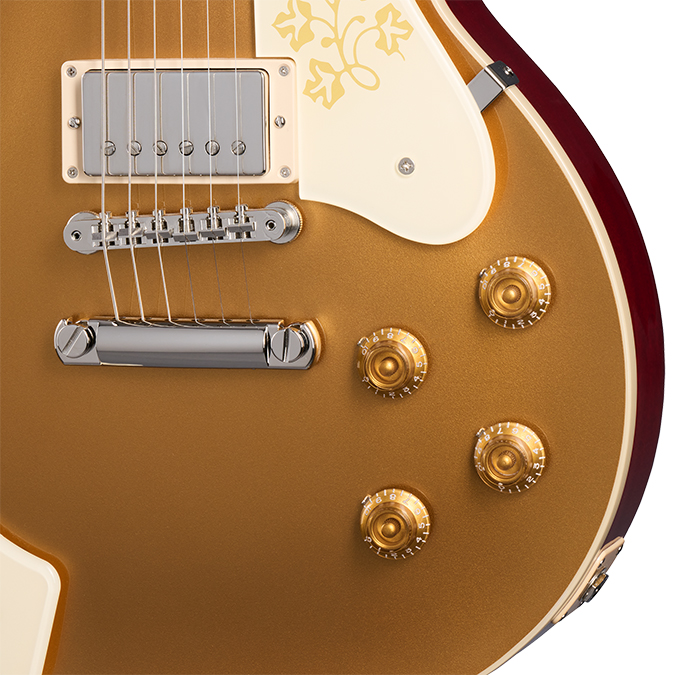“An ultra-rare, Golden Era signature model, now available for everyone”: Gibson honors trailblazing guitar hero Mary Ford by reviving her one-of-a-kind 1958 Les Paul Standard Goldtop

Gibson has honored iconic guitarist and vocalist Mary Ford by launching a replica of her Golden Era Les Paul Standard Goldtop – which is unlike any other Les Paul you’ll find on the market.
Ford was one of the biggest recording artists of the 1950s, and worked closely alongside guitar partner-and-husband Les Paul throughout the decade as part of a trailblazing guitar partnership that broke new ground in the recording studio, and released several top 10 hits that spanned jazz, country, blues and pop genres.
Naturally, Gibson guitars were at the core of her electric guitar arsenal, and Ford was most widely known for playing 1961 Gibson Les Paul/SG – which miraculously turned up on Facebook Marketplace last year – as well as an early Goldtop Les Paul that flashed P-90-style pickups.
According to Gibson, though, it is believed that Ford had another Les Paul in her arsenal – an ultra-rare, seldom seen, one-of-a-kind Goldtop Standard that was made as a custom order in 1958.


As the story goes, Les Paul and Ford had already influenced the design of Gibson’s ES-295 with a 1951 custom order – which arrived with a hollowbody LP-esque design and an elongated floral pickguard.
Some aesthetic cues were then reportedly taken from the resulting ES-295 and applied to the one-off ’58 Goldtop Les Paul Standard at the request of Ford, resulting in a classy single-cut that offered a larger floral scratchplate and a similarly styled arm rest.
Now, Gibson has revived this long-lost model in the form of a signature Les Paul Standard that visually hybridizes the LP with the ES-295. As Gibson puts it: “An ultra-rare, Golden Era signature model, now available for everyone.”
All the latest guitar news, interviews, lessons, reviews, deals and more, direct to your inbox!



Stylistically, it’s a rather unique Les Paul, owing to the fact it has the Ford-requested ES-295 pickguard and armrest. Not only that, it also boasts a Vintage Cherry back – an appointment, Gibson asserts, that is “a rarity for a Goldtop model”.
The retro design has also been crafted with some modern features. The mahogany neck, for example, features a SlimTaper profile, while the Indian rosewood fingerboard hosts a Graph Tech nut.
Elsewhere the 12” radius ‘board is joined by 22 frets and acrylic trapezoid inlays, while hardware appointments include an ABR-1 Tune-O-Matic bridge, Stop Bar tailpiece and Vintage Deluxe tuners.
The body, meanwhile, is composed from a non weight-relief piece of mahogany and a maple top, which is fitted with that Goldtop colorway. Tones come by way of Burstbucker humbuckers, which are wired to your regular Les Paul control layout.
In terms of price, this will set you back $2,999. To put that into perspective, that’s only $200 more expensive than the regular Les Paul Standard ’50s Goldtop.
Visit Gibson to find out more.

Matt is the GuitarWorld.com News Editor, and has been writing and editing for the site for five years. He has a Masters in the guitar, a degree in history, and has spent the last 19 years playing everything from blues and jazz to indie and pop. During his GW career, he’s interviewed Peter Frampton, Zakk Wylde, Tosin Abasi, Matteo Mancuso and more, and has profiled the CEOs of Guitar Center and Fender.
When he’s not combining his passion for writing and music during his day job, Matt performs with indie rock duo Esme Emerson, and has previously opened for the likes of Ed Sheeran, Keane, Japanese House and Good Neighbours.
